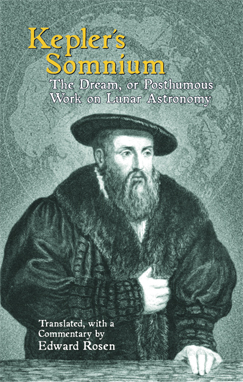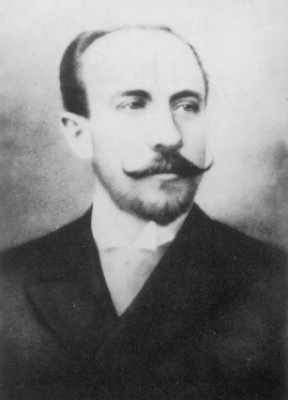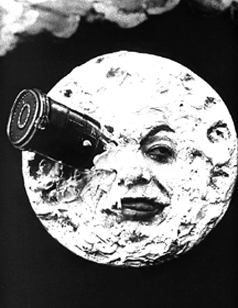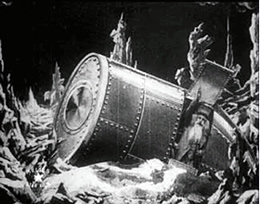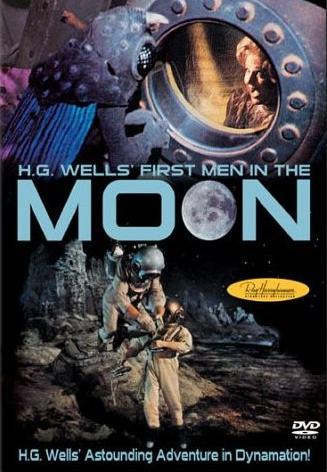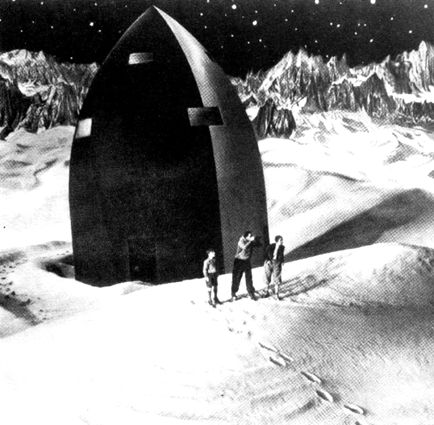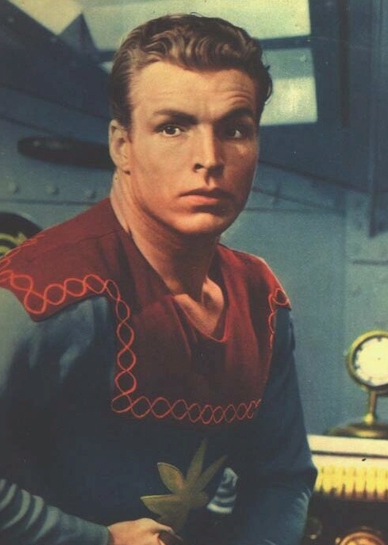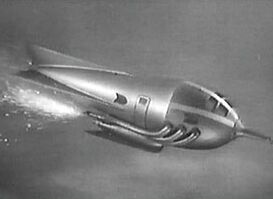The Space Age Turns 50 - Ideas of Space Flight from the Early 20th Century
Early Science Fiction
Johannes Kepler, the 17th century astronomer who first accurately described the shape of planetary orbits, wrote Somnium (or "The Dream"). In this work, he describes what a traveller would see when standing on the surface of the moon - sunrises, sunsets, and the view of the Earth in the lunar sky. Part of Kepler's motivation was to increase support for the then-controversial heliocentric theory.
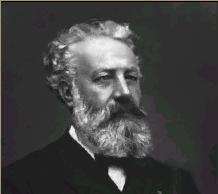
(from: www.jules-verne.co.uk/))
The French author Jules Verne wrote a number of fictional books which foresaw many of the developments of the 20th century, such as airplanes, automobiles, and television.
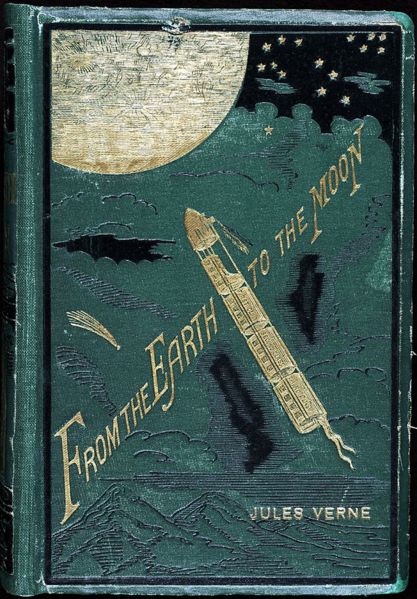 Of particular note is his 1865 From the Earth to the Moon.
It describes a journey to the moon aboard a ship which was fired from a cannon.
This story was the inspiration for the Georges Melie 1902 silent film "Le Voyage dans la Lune" (in English "A Trip to the Moon").
Of particular note is his 1865 From the Earth to the Moon.
It describes a journey to the moon aboard a ship which was fired from a cannon.
This story was the inspiration for the Georges Melie 1902 silent film "Le Voyage dans la Lune" (in English "A Trip to the Moon").

(from: www.hgwellsusa.50megs.com/home.html)
English writer H.G. Wells wrote a number of books with space-related themes. The most prominent is probably War of the Worlds in which an army of Martians invade turn-of-the-century England. This book inspired a number of 20th century astronomers and engineers, including U.S. rocket pioneer Robert Goddard.
Poster image from: http://home.blarg.net/~dr_z/Movie/Posters/Reproductions/MenMoon_Rep.html
Wells also wrote The First Men in the Moon which described another manned mission to the moon. It was made into a movie in 1964.
Another silent movie of particular note is the 1929 Fritz Lang Frau im Mond, or "Woman in the Moon." The German rocket scientist Hermann Oberth gave technical advice. The story centers on a love triangle between travelers to the moon, where a breathable atmosphere and gold are found. Of more importance, is the fact that the rocket shown in the movie is rather realistic, somewhat resembling the then-future V-2. This movie is also credited with having the first on-screen countdown to launch.
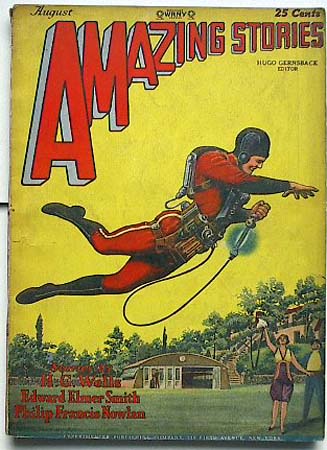 The character of Buck Rogers first appeared in the August 1928 Amazing Stories in Anthony Rogers' story "Armageddon 2419 A.D."
The character of Buck Rogers first appeared in the August 1928 Amazing Stories in Anthony Rogers' story "Armageddon 2419 A.D."
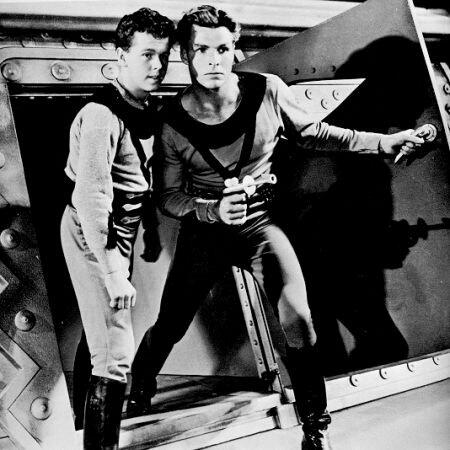
(from: http://www.geocities.com/ buckrogers_nz/images/buster01.jpg)
The futuristic Buck Rogers was popularized in radio shows, movie serials, and a number of TV shows.

(from: http://upload.wikimedia.org/wikipedia/en/f/fb/Flash_Gordon_Excerpt.jpg)
Flash Gordon started his career in a comic strip by Alex Raymond, which was first printed on January 7, 1934.
Flash, along with his colleagues Dr. Hans Zarkov and Dale Arden, travelled from planet to planet encountering different civilizations (a formula adopted in later science fiction series).
Pictures from: http://flashgordon.ws/
This popular story line also had a long run in movie and movie serials. In fact, the start of the Star Wars movies with the introductory sentences which roll off to the horizon, is an homage to the Flash Gordon serials.
Go to Three Engineers in Three Countries: Tsiolkovsky, Goddard, and Oberth section.

